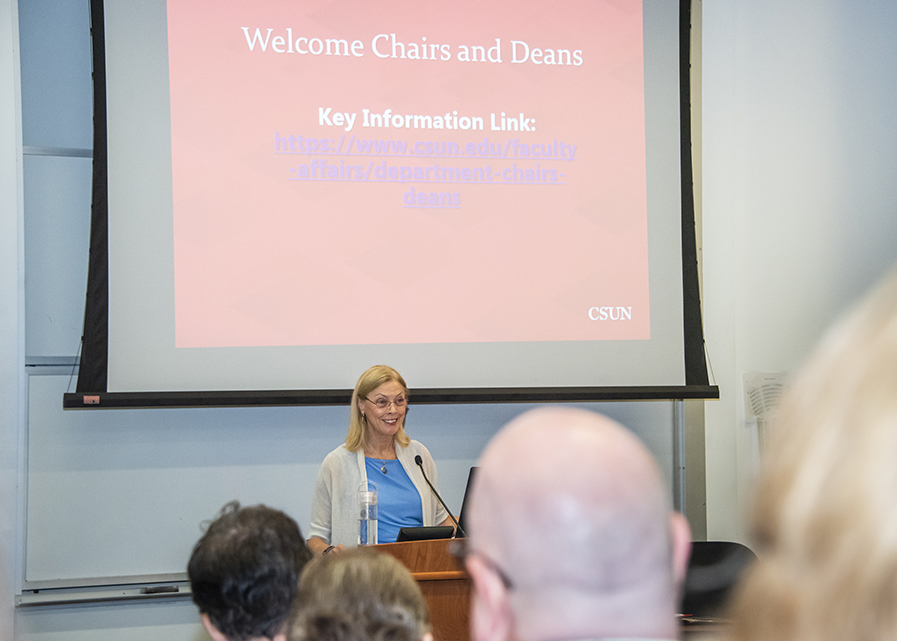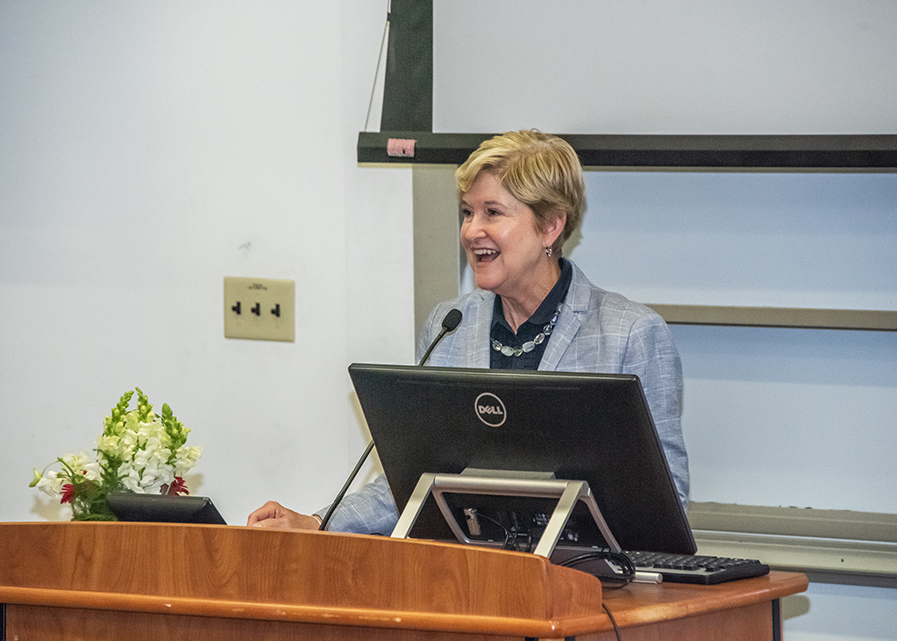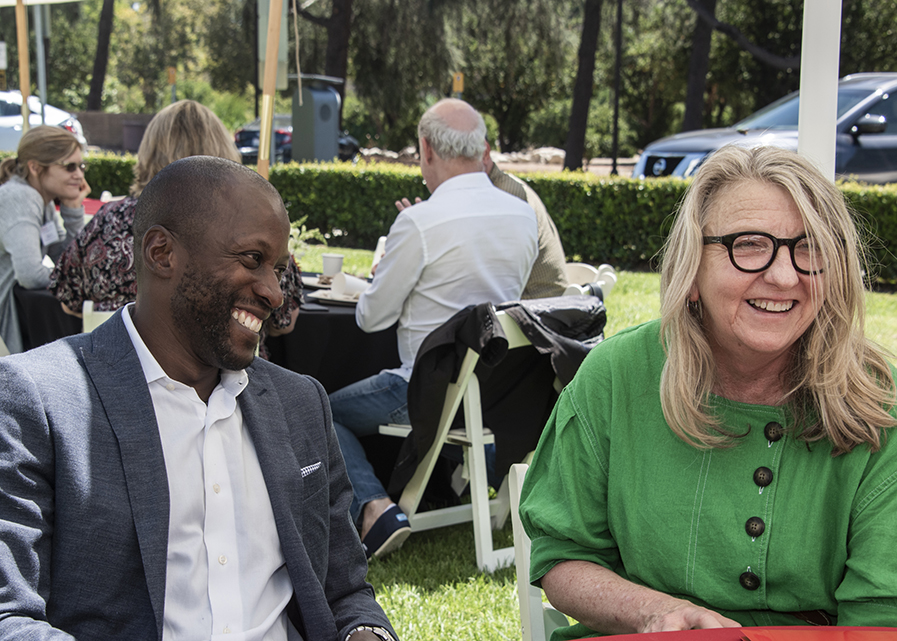Efforts to Increase Faculty Diversity Highlighted at Chairs and Deans Retreat
CSUN continues to focus on increasing the diversity of the university’s faculty, a key front in its efforts to improve success rates for students from underrepresented and traditionally underserved groups.
On Aug. 19, department chairs, deans of CSUN’s nine colleges and library, and administrators gathered to prepare for the 2019-20 academic year. Speeches and sessions focused on strategies for recruiting, hiring and — ultimately — retaining highly qualified faculty members from a wide range of backgrounds. This will help ensure that each college and department is welcoming, representative and inclusive for students, said CSUN President Dianne F. Harrison, who delivered an address to set the stage for the event.
“A diverse faculty brings a variety of experiences and enables students to be exposed to a range of viewpoints that ensures a robust exchange of ideas,” Harrison said. “A diverse faculty also serves as role models, demonstrating to students — particularly those from traditionally underrepresented communities in whatever field or major they’re in — that the path to leadership and success is available to everyone of every race, ethnicity, socioeconomic background, sexual orientation and so on.”
CSUN has one of the most diverse student populations in the nation with the goal to have a faculty that reflects that diversity.
In fall 2018, 40% of CSUN’s tenure-track faculty were non-white, compared to a student body that was more than 62% from traditionally underrepresented communities or multi-race. That is better than the national ratio, according to the National Center for Education Statistics, which found that less than 25% of faculty were non-white in 2017, compared to about 45% of students.
Harrison cited multiple studies that showed how diverse faculty boost student success — including fostering innovative and original ideas.
CSUN’s academic leaders discussed step-by-step approaches to increasing faculty diversity. One session focused on creating inclusive position advertisements, which help attract more broad candidate pools. Another session addressed recruitment, as well as retention, of diverse faculty members.
“Hopefully, this day will serve as motivation to move forward,” said James Mackin, CSUN’s interim associate vice president for Faculty Affairs. “Learning from diverse faculty benefits not only minority students, but all students. Students get different perspectives, which makes classwork more interesting, and they move forward.”
Before the close of this year’s retreat, Mary Beth Walker, CSUN’s new provost and vice president for Academic Affairs, suggested new avenues of communication to address ideas for supporting student success.
Walker most recently served as interim president at Georgia Gwinnett College and as associate provost for strategic initiatives and innovation at Georgia State University. She noted that successful alumni at most universities almost always cite supportive faculty members as the biggest contributor to their success. She said it is the administration’s role to help faculty members clear roadblocks to student achievement.
“This is a great university,” Walker said. “The students are wonderful. I’m just amazed and impressed at how faculty are so creative and are doing such interesting research. I know that creative, committed faculty members deserve a great deal of credit for student success.”
The 2019-20 academic year is the first year that graduation and student retention goals, set by the CSU chancellor’s office and the CSU board of trustees, are expected to be met. CSUN has already made progress toward these goals, with its retention rate for freshmen in Fall 2018 improving to 81%. CSUN has also made strides in reducing the equity gap in graduates rates between underrepresented and better represented populations.





 experience
experience